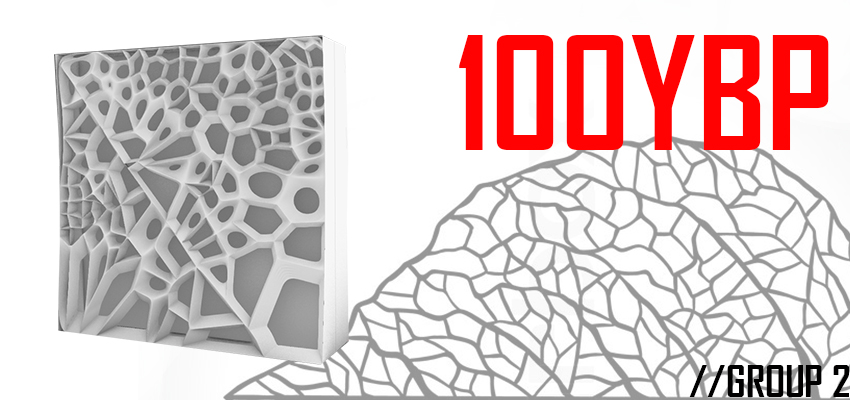Msc2G2:Main
MSc2 Group 2
Students: Femke Lokhorst, Hamid Reza Shahriari, Ian Omumbwa, Nikolaus Houben, Rick van Dijk, Thierry Syriani
There are more possible iterations of a game of chess than there are atoms in the known universe. This is only the case, because there are certain rules that two players have to abide by while playing against each other. Without these rules it would be senseless to differentiate between moves and it would be impossible to derive the slightest hint of meaning (or beauty) from any constellation of pieces and. Similarly, we as D2RP architects have to acknowledge both the implicit constraints we choose by using certain tools (software, robot), and the explicit constraints given to us by our customer (or professor).
The goal of our design was to stay as honest as possible in regards to the constraints we faced, while also depicting how fascinating wood is as a material. Because the overall shape of the pavilion was already provided, the main part of
We emulated woods ability to maximise its strength-weight ratio, which it does by growing more material where it is structurally needed, and less where it would not be necessary. An example of this can be seen when looking at a tree that grows on a steep slope. To withstand increased tensile forces on the mountain side, the tree will grow denser and stiffer material on that very side. In regards to our pavilion this meant that we optimised cross-section thickness and extruded the principle stress lines under gravity. The latter is in itself also an allusion to the veins of a leaf, which on the one hand provide structural support and on the other, transport water. This very notion of transporting water is picked up in our design by having the main branches act as water gutters.
We reference woods cellular microstructure by filling in the gaps between the branches with voronoi cells.
Just as the ceiling of gothic cathedral is honest in how the forces are carried into the ground, we decided to emphasise the principle stress lines in our design. In order to also stay true to the given material (wood), we represent these stress lines as branches, or better yet veins of a leaf...to be continued
Rather than viewing the design of our piece in isolation, it should be seen as a simulacrum of the the pavilion as a whole, in that it reflects all boundary conditions (constraints) we faced throughout the design process.
The inspirations quickly became our first concepts, and from this first inspiration, we created many. The wall is easy to remake and give more and more qualities. Several other fields of material qualities were explored. This resulted finally in the following concepts:.
We used Computational Design in many ways. Analyzing, optimizing and shaping. The following chapter quickly shows some of the used techniques and how they resulted in the shape.



